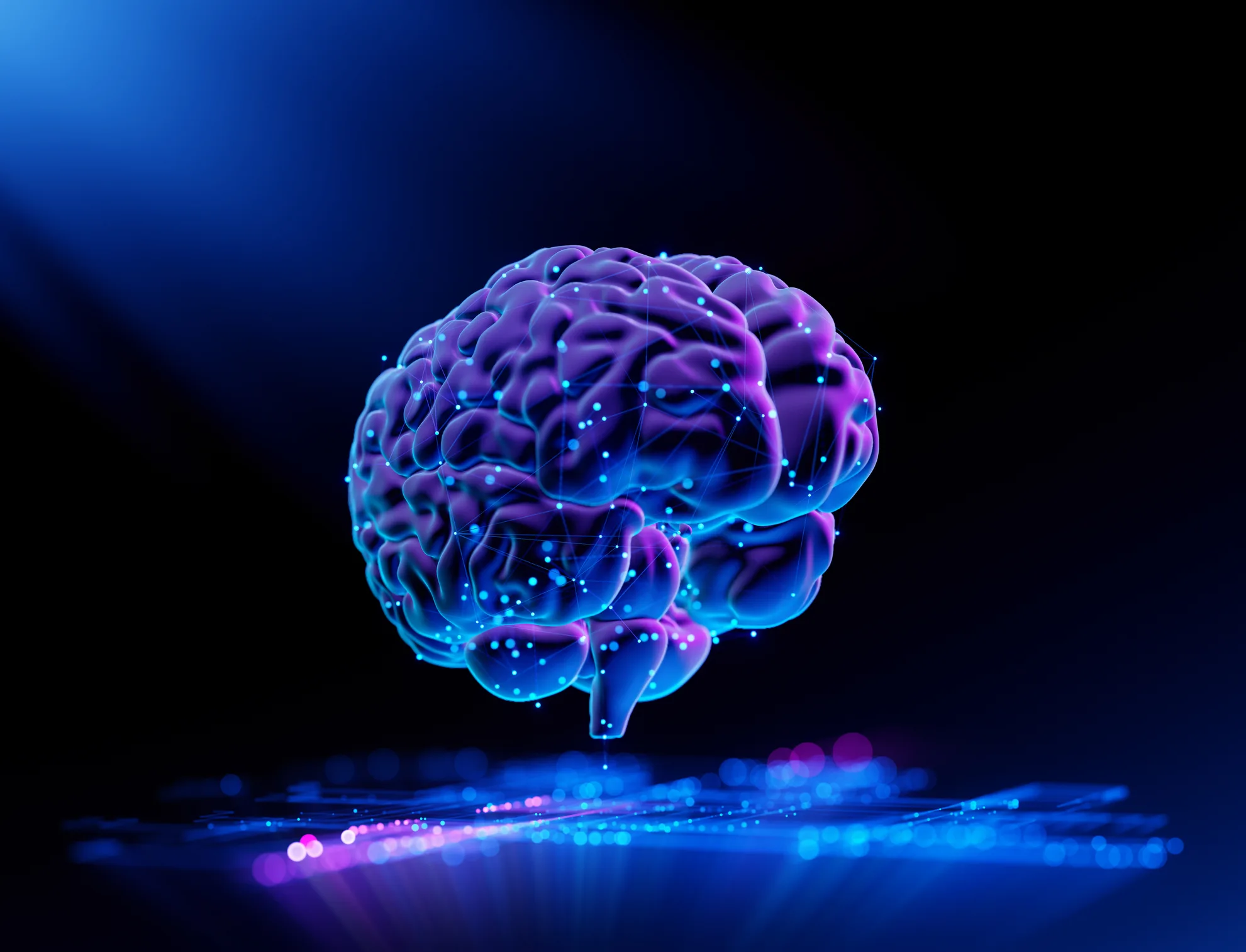Groundbreaking Brain Organoid with Blood Vessels Created by Johns Hopkins Researchers
In a remarkable advancement in the field of neuroscience, researchers at Johns Hopkins University have successfully grown a multi-region human brain organoid that possesses rudimentary blood vessels and interconnected neural circuits. This innovative development holds immense potential for understanding brain development and neurological disorders.
What is a Brain Organoid?
A brain organoid is a three-dimensional, miniature representation of the human brain grown in vitro. It mimics the structure and function of a real brain, allowing scientists to study its complexities in a controlled environment.
Key Features of the New Organoid:
- Multi-Region Structure: Unlike previous organoids, this one contains multiple brain regions, offering a more comprehensive model.
- Rudimentary Blood Vessels: The presence of blood vessels is crucial for delivering nutrients and oxygen, enhancing the organoid’s viability and functionality.
- Connected Neural Circuits: The interconnected neural circuits enable researchers to study communication between different brain regions.
Potential Applications
This breakthrough has significant implications for:
- Studying Brain Development: Observing how the brain develops in real-time.
- Understanding Neurological Disorders: Gaining insights into diseases like Alzheimer’s and Parkinson’s.
- Drug Development: Testing the effectiveness of new drugs on a human brain model.
- Personalized Medicine: Tailoring treatments based on individual brain characteristics.
Final Words
The creation of this sophisticated brain organoid represents a major leap forward in neuroscience research. By providing a more realistic and functional model of the human brain, it opens up new avenues for understanding and treating neurological disorders, ultimately improving human health and well-being.




+ There are no comments
Add yours